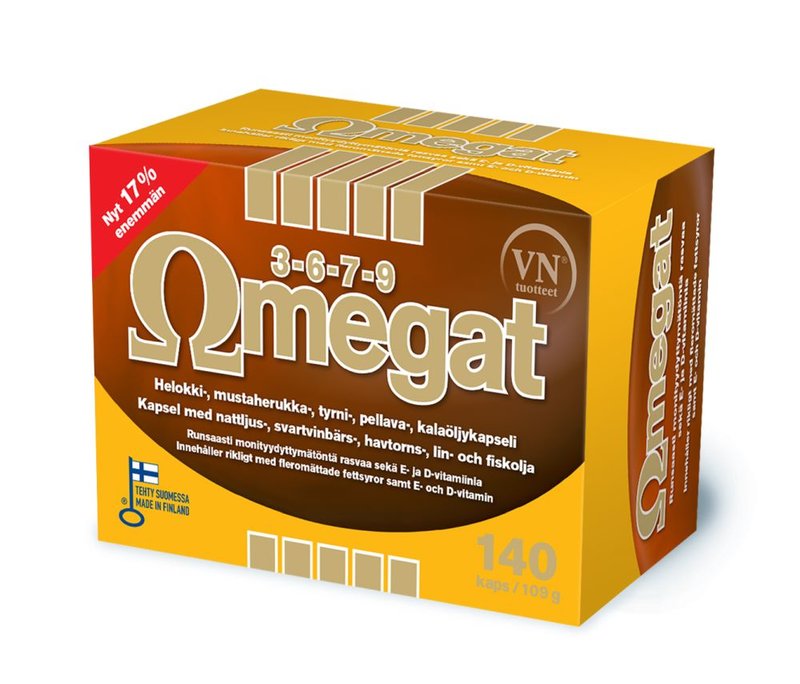

It also creates an output translation memory of the project. a translation in a Word file, if your source text was also a Word file) to be created. Hitting Ctrl-d in OmegaT causes your translated documents (e.g. You may however want to limit the number (in the interests of speed), and select them carefully, in order to have more relevant matches displayed to you. individual TMX files) you can have in a project. There is no limit to the number of input translation memories (i.e. Once you have selected a different translation memory folder, OmegaT regards it as being part of the project. Selecting a translation memory folder in this way instructs OmegaT to look for the input translation memories there instead of in the default location of \tm\. However, if you have a folder on your computer in which you have collected translation memories, you can make this folder the project's translation memory folder by selecting in it OmegaT using Project > Properties, then hitting the Browse button next to Translation Memory Folder.

In order for OmegaT to make use of them, place them in the project's \tm\ folder before loading the project (or, if the project is already loaded, re-load it again).Īs standard, the project's translation memory folder is at \tm\ (where is the project's main or "root" folder). Input translation memories are translation memories created from past translations that are to be used in the active project for reference. The internal project translation memory is used by the OmegaT program and as the user, you do not normally need to deal with it. It is therefore empty when the project is first created.

This file contains only the segments that have been translated in the project up to now. It is the file project_save.tmx and can be found in the project's \omegat\ folder. The internal translation memory is the project's own TM, which remains within the project, i.e. Each project has internal, input and output translation memories. It recognizes translation memories only in the context of a project. The OmegaT program does not have its "own" translation memory. Understanding this concept is crucial if you aim to use OmegaT effectively. In this HowTo, "a translation memory" therefore refers to a file. OmegaT stores translation memories in the industry-standard TMX file format. A segment is usually a sentence, though it may be just a phrase, or in some cases may span several sentences or even a whole paragraph. Each translation unit consists of a pair of segments: the segment in the original text, and the segment in the translation. If you see a bug, please report it using the issues tracker but we do not guarantee that eventual problems will be solved.A translation memory ("TM") is a database in which texts are broken down into segments and stored in "translation units". The contact page and the comments facility in the website are there to enable a discussion about the actual features, not to make feature requests. We do not intend to encourage users to switch to our version of OmegaT, but to test it and give us feedback, and eventually ask the OmegaT's core team to think about possibility of integration of some of our features.ĭGT-OmegaT is published as-is, without express or implied warranties, and comes without support. We publish our code to allow anyone to look at the features we built for our own needs, and leave it up to OmegaT community to decide whether some of them can be reused. The aim of this project is not to build a new community that "competes" with the team maintaining the original OmegaT. Welcome to the DGT-OmegaT project, a fork of OmegaT, developed by the Directorate-General for Translation of the European Commission.


 0 kommentar(er)
0 kommentar(er)
